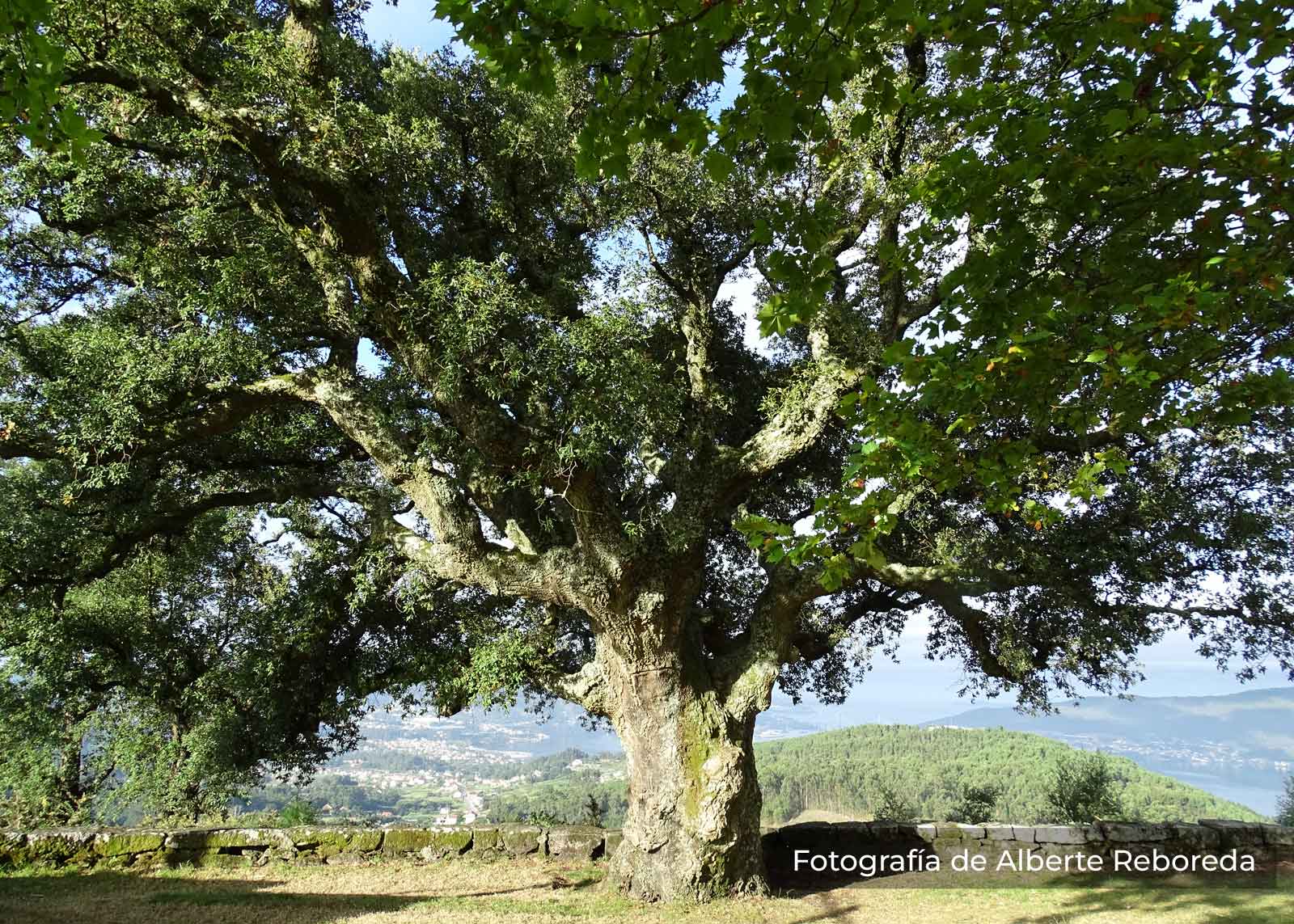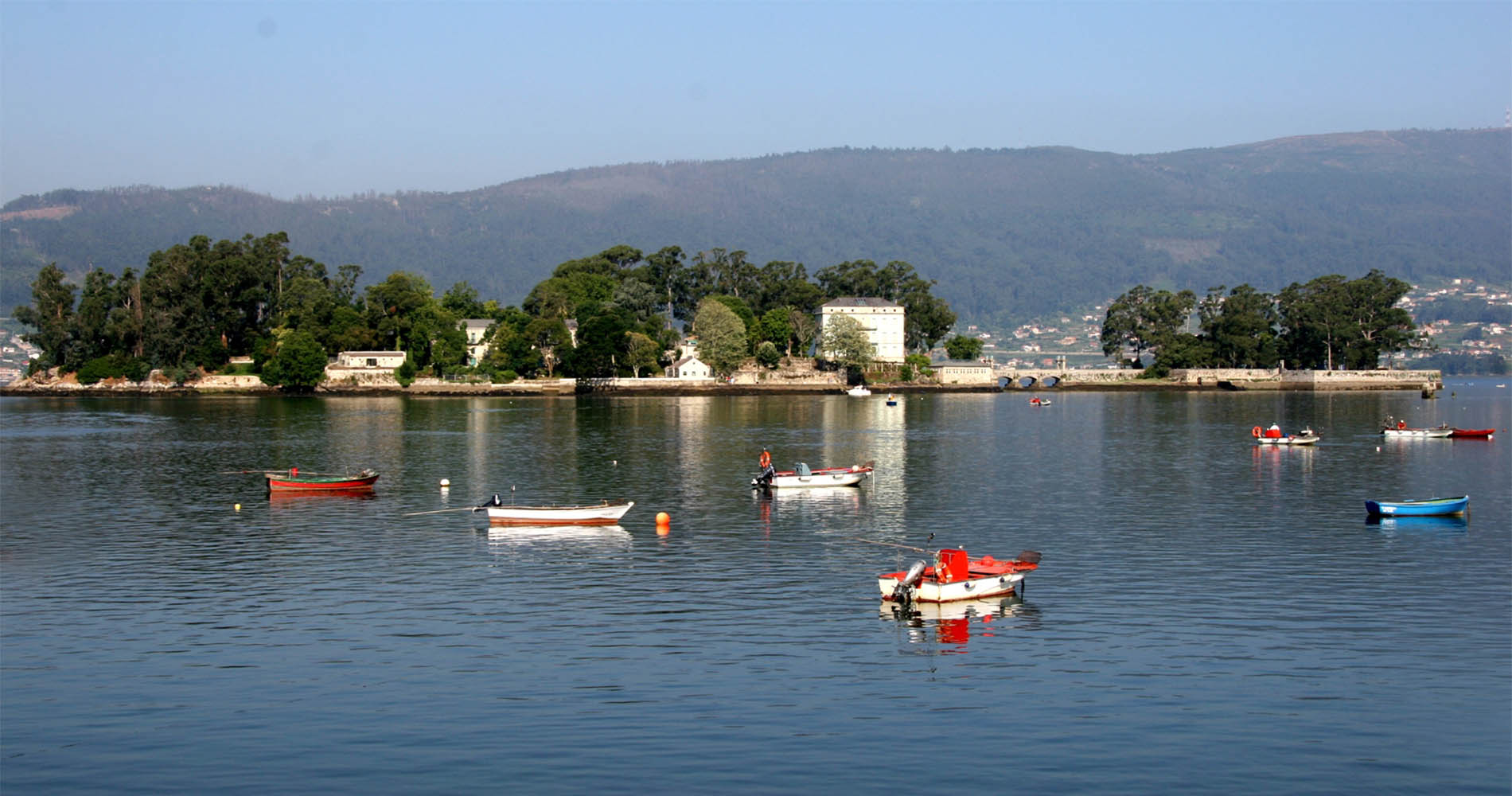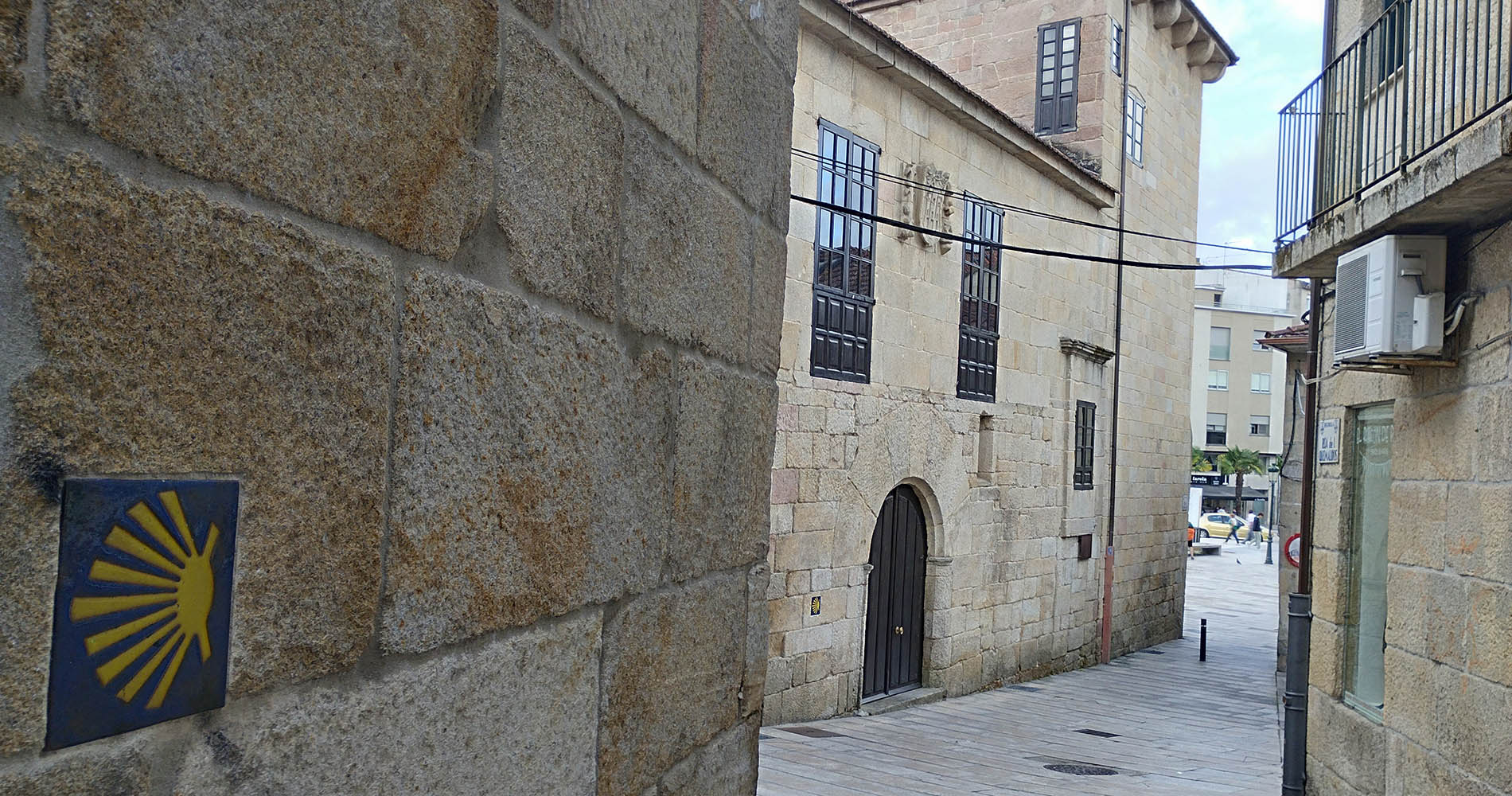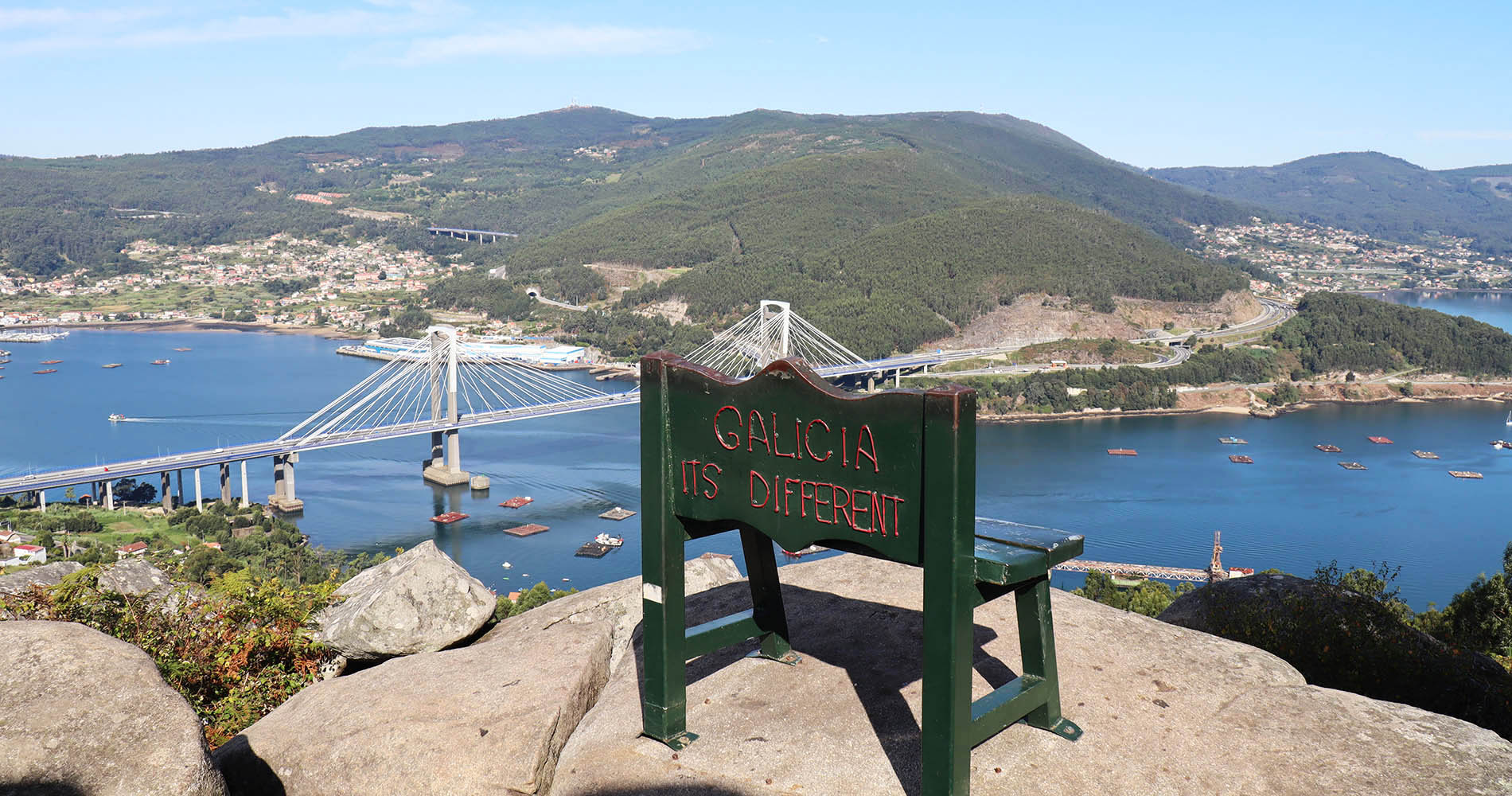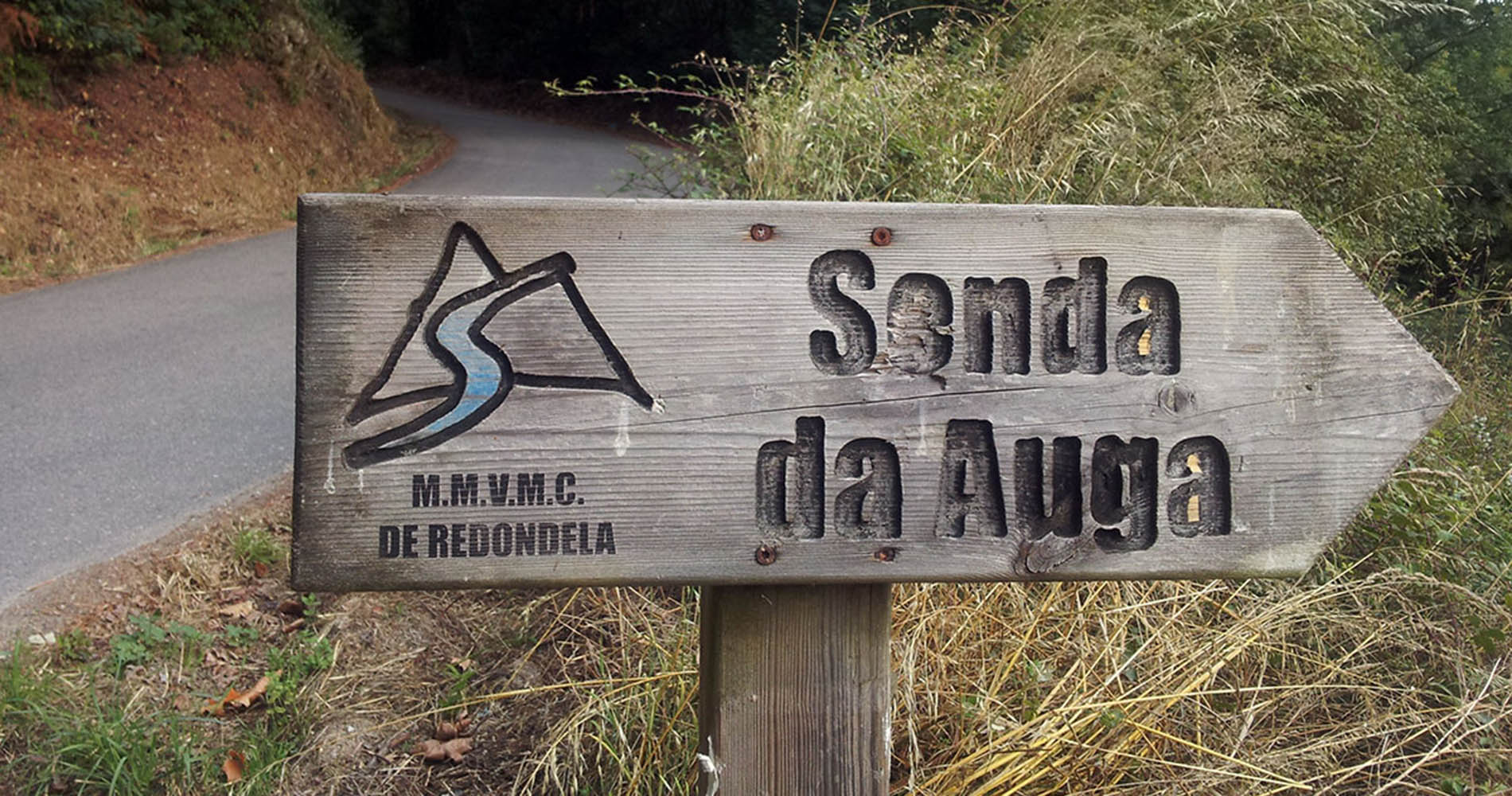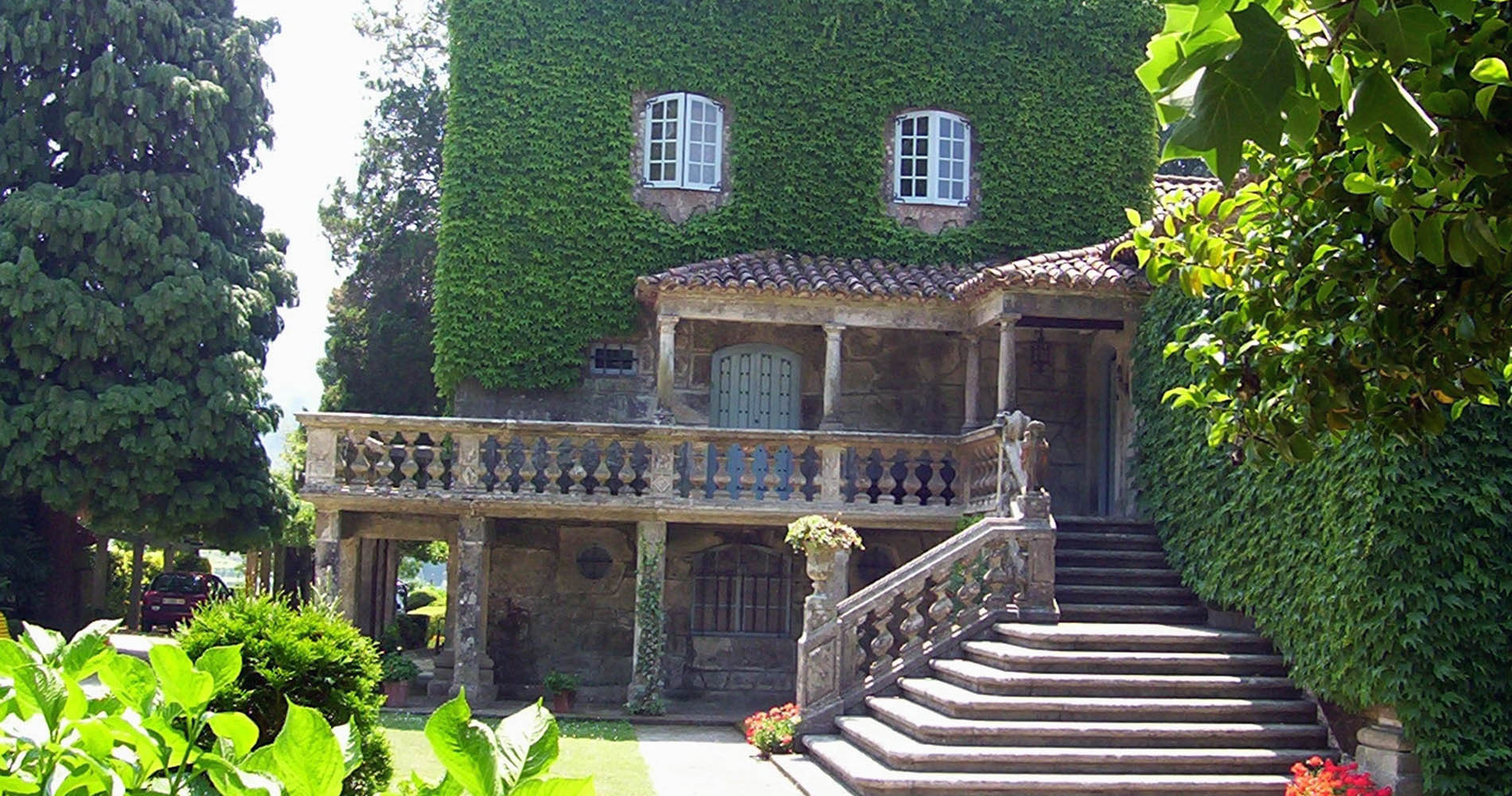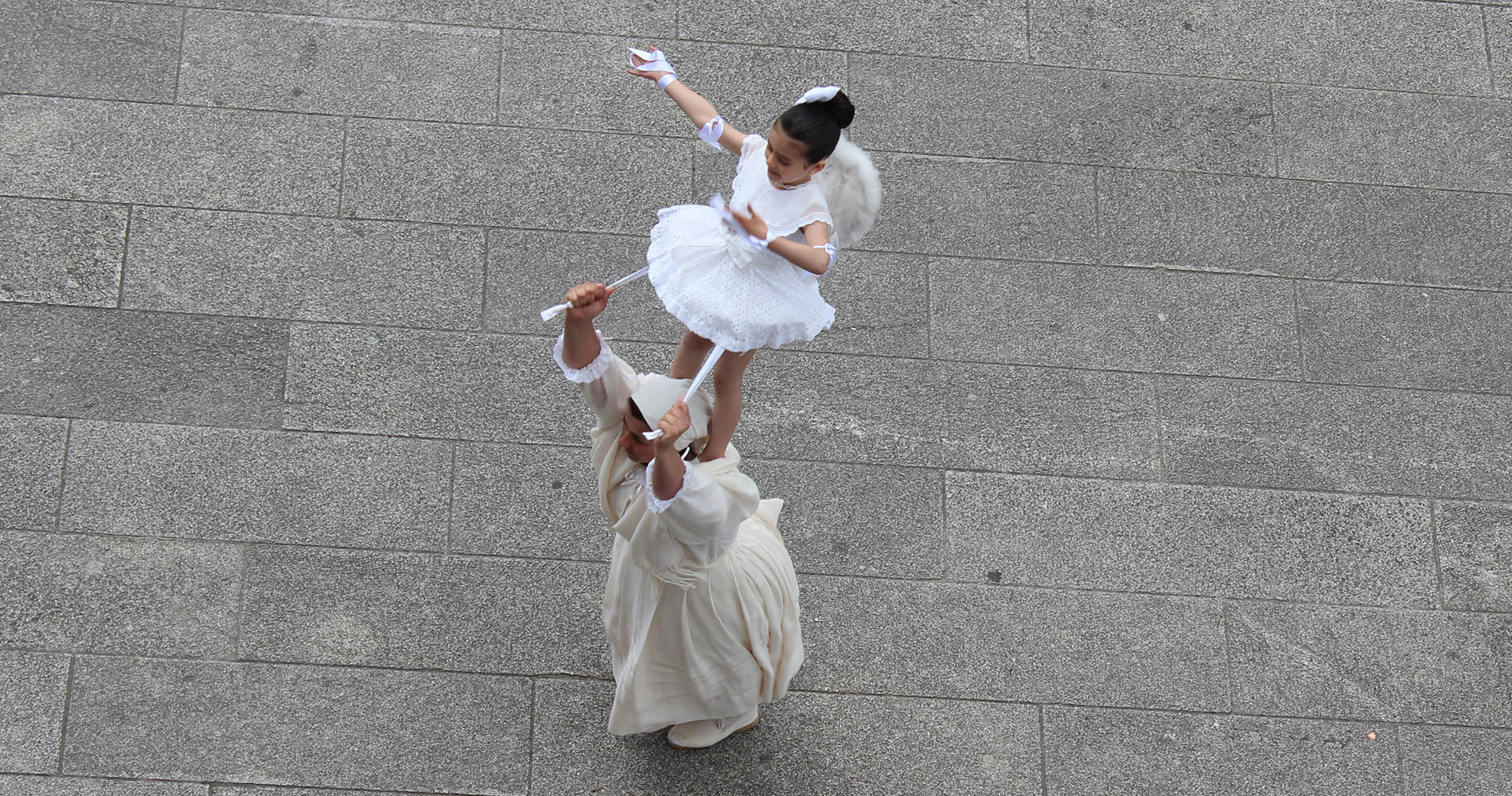A sobreira ou corticeira (Quercus suber L.) é unha árbore orixinaria de Europa e do norte de África da familia das cupulíferas, folla perenne co bordo espiñento e tronco curto e madeira dura, á que se lle tira a casca ou cortiza, que se emprega para diversos usos industriais.
O Quercus suber é unha árbore clásica dos bosques mediterráneos, por isto necesita máis humidade e soporta menos o frío, de aí que a atopemos sempre nas ladeiras orientadas ao sur e oeste. En Galicia está presente no terzo suroeste do país, e na península Ibérica habitual en toda a faixa atlántica, Castela e León e Estremadura, así como sur e oeste de Andalucía.
Os biólogos cren que a cortiza da sobreira é o froito dunha evolución natural da especie para protexela do lume, moi habitual nos climas secos. O seu froito, a landra, medra entre os meses de setembro e decembro, e é consumida por diferentes animais.
Este exemplar da Peneda posúe un tronco de case dous metros de diámetro e uns doce de altura e ten entre 250 e 500 anos de idade. Presenta, ademais dun porte excepcional e unha destacada signi¬ficación histórica e cultural, un contrastado valor estético. Por todas estas razóns forma parte do Catálogo de Árbores Senlleiras da Xunta de Galicia desde o ano 2021.
Unha lenda di que baixo as raíces desta sobreira hai un gran tesouro soterrado polos mouros.
Na actualidade en Galicia existen 150 árbores monumentais e 42 formacións vexetais que están catalogadas como senlleiras en recoñecemento ás súas características singulares.
No Concello de Redondela teñen a consideración de senlleiras un total de sete árbores e formacións: o Calocedro do Pazo de Torrecedeira, a Camelia Sasanqua, a Tuia Xigante e as Camelias do Pazo de Torres Agrelo, a Sobreira do Cristo de Arriba, a Carreira de buxos da Illa de San Simón e esta Sobreira da Peneda.
No Concello de Soutomaior ¬figuran no catálogo tres árbores, todas elas situadas no Castelo de Soutomaior: unha Secuoia Vermella, unha Criptomeria e unha Araucaria Araucana.
The cork oak of A Peneda
The cork oak (Quercus suber L.) is a tree native to Europe and North Africa of the cupulifera family, evergreen with a thorny edge and short trunk and hard wood, whose bark is used for various industrial purposes.
The Quercus suber (sobreira or corticeira, in Galician) is a classic tree of Mediterranean forests, which is why it needs more humidity and can withstand the cold less, which is why it is always found on south and west-facing slopes. In Galicia it is present in the south-western third, and in the Iberian Peninsula, it is common along the Atlantic coast, in Castile and Leon and Extremadura, as well as in the south and west of Andalusia.
Biologists believe that the bark of the cork oak is the result of a natural evolution of the species to protect it from fire, which is very common in dry climates. Its fruit, the acorn, grows between September and December, and is eaten by different animals.
This specimen from A Peneda has a trunk almost two metres in diameter and about twelve metres high and is between 250 and 500 years old. In addition to its exceptional size and outstanding historical and cultural significance, it has a contrasting aesthetic value. For all these reasons, it has been included in the Catalogue of Singular Trees of the Xunta de Galicia since 2021.
A legend says that under the roots of this cork oak there is a great treasure buried by the Moors.
There are currently 150 monumental trees and 42 plant formations in Galicia that are catalogued as singular in recognition of their unique characteristics.
In Redondela Town Council, a total of seven trees and formations are considered singular: the Calocedro of the Pazo de Torrecedeira, the Camelia Sasanqua, the Tuya Gigante and the Camellias of the Pazo de Torres Agrelo, the cork oak of the Cristo de Arriba, the Carrera de bojes of the Isla de San Simón and this Sobreira da Peneda.
In the Soutomaior Town Council, three trees are listed in the catalogue, all of them located in the Castelo de Soutomaior: a Red Sequoia, a Criptomeria and an Araucaria Araucana.

